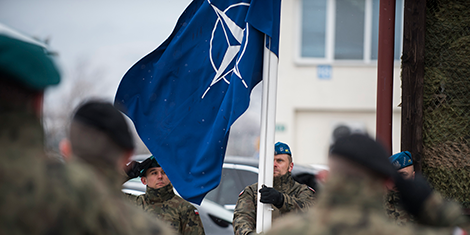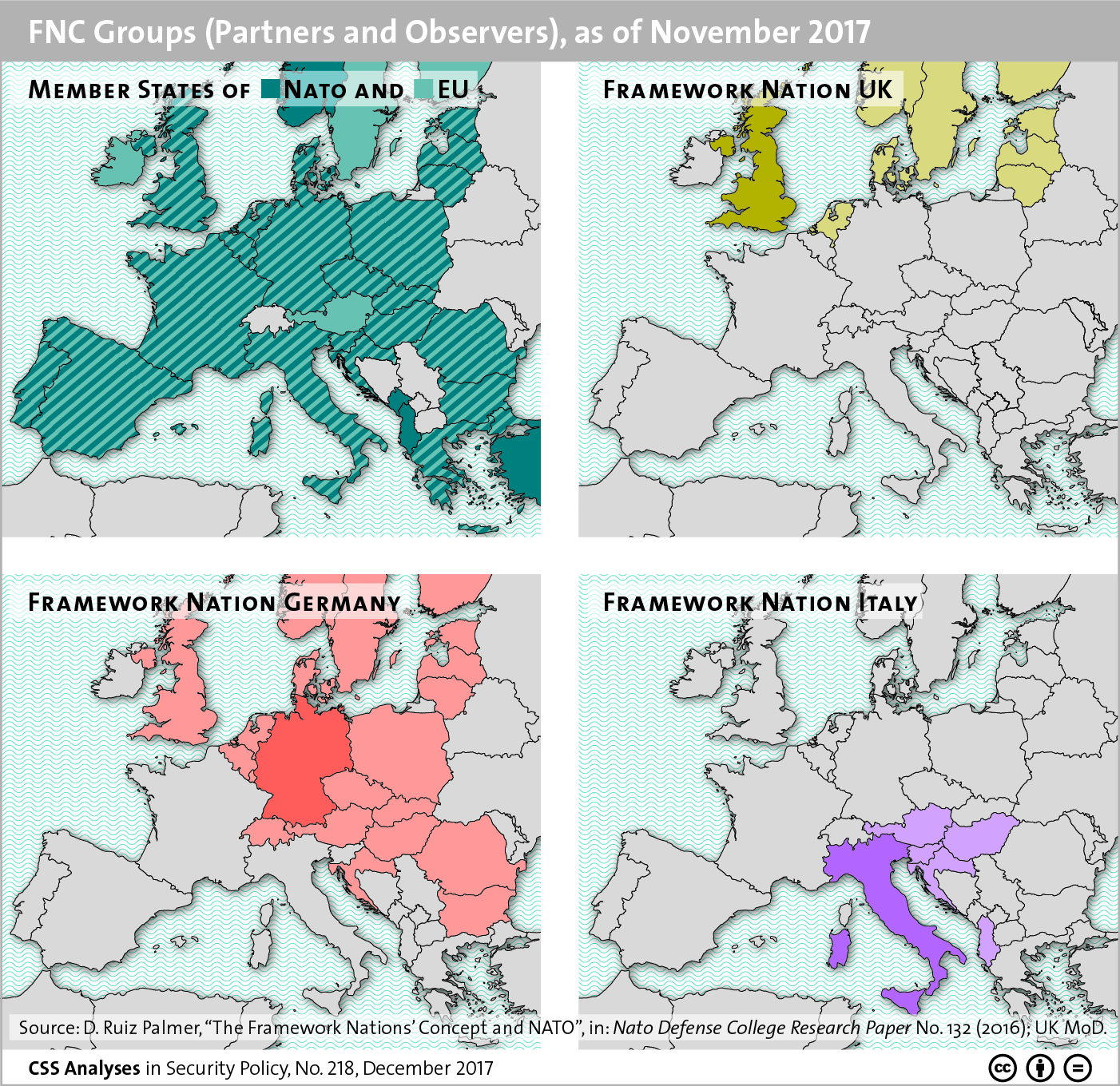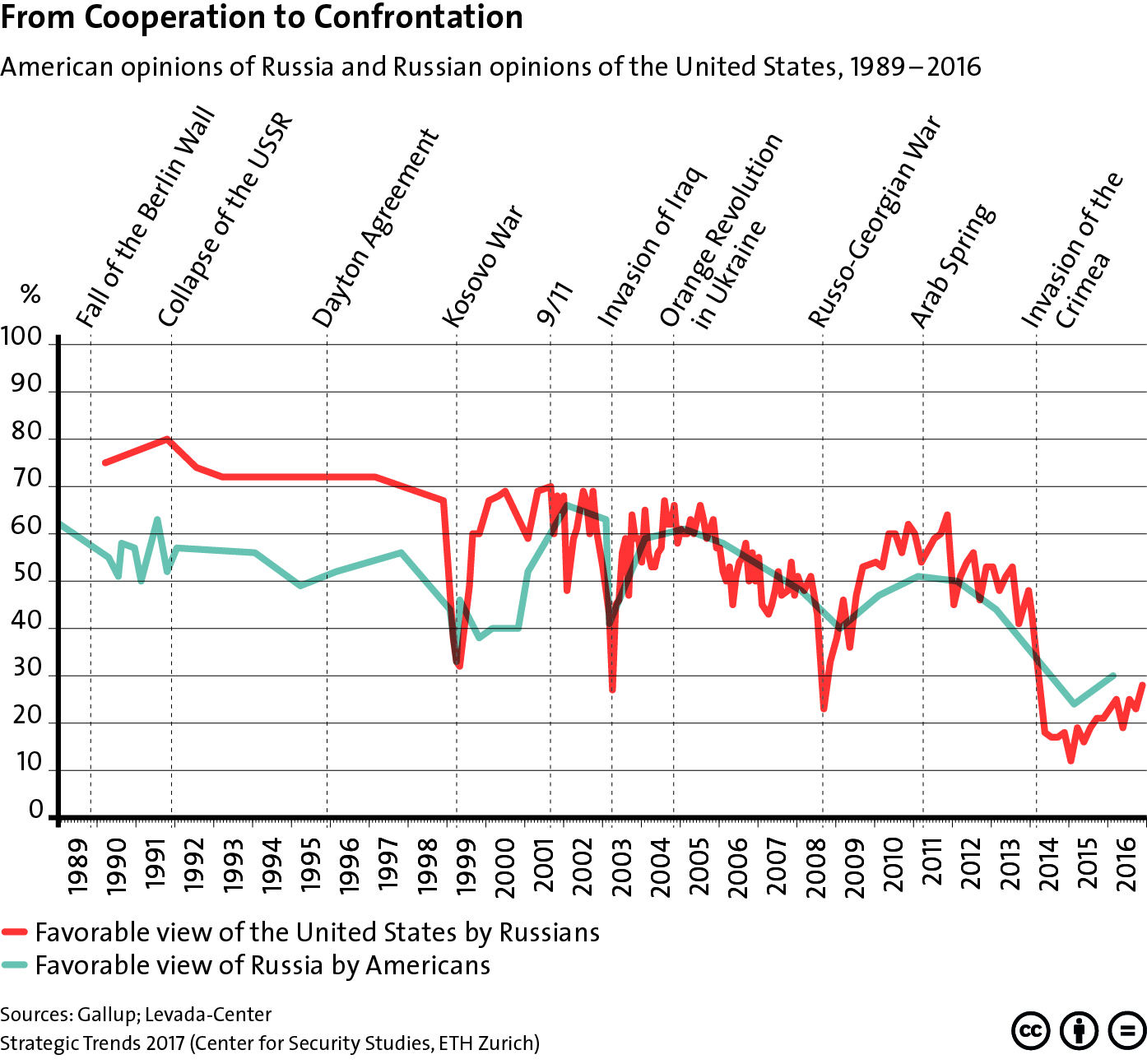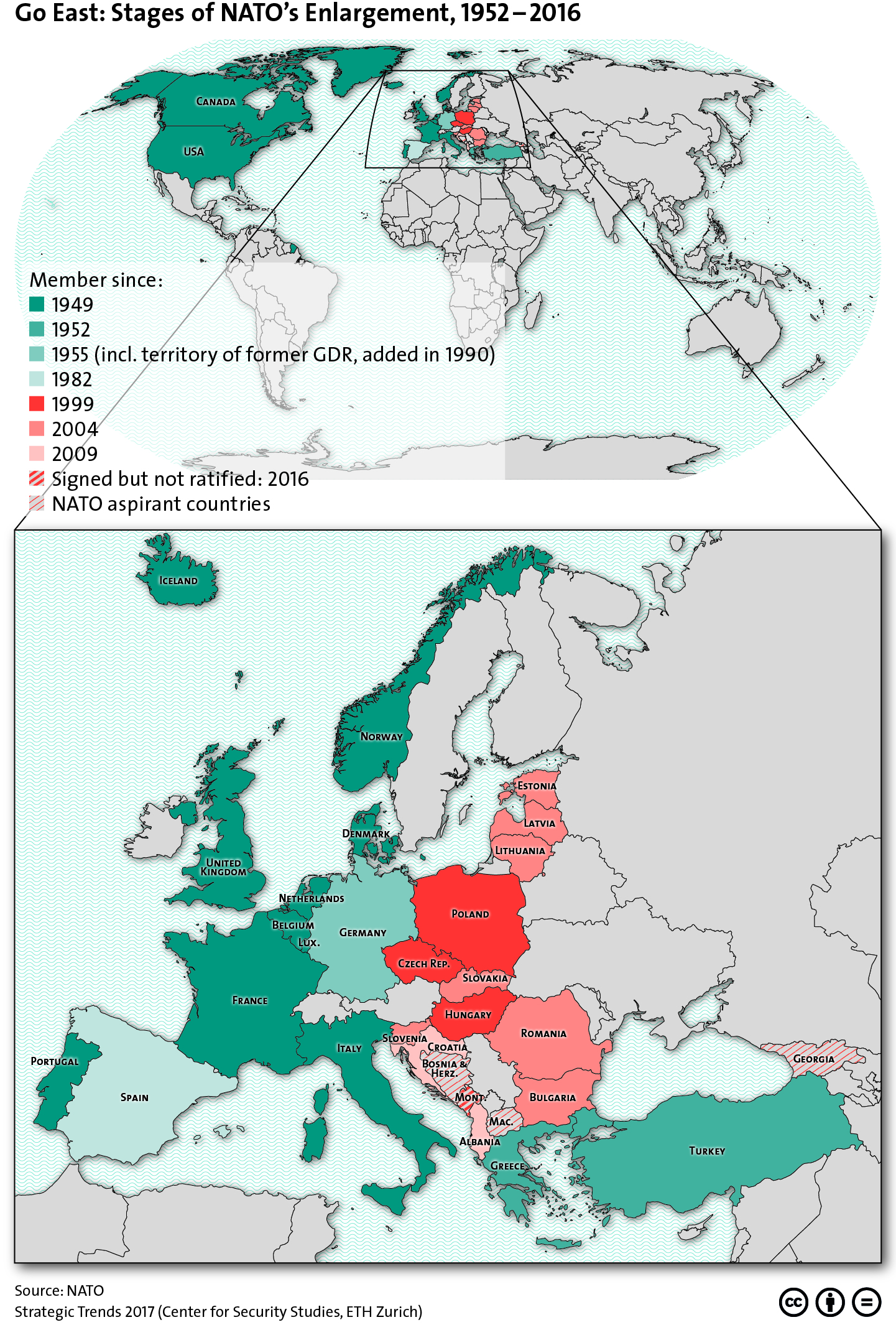
This article was originally published by the NATO Defense College (NDC) in January 2020.
The credibility of any alliance depends on its ability to deliver deterrence and defence for the safety and security of its members. Without capability, any alliance is deprived of credibility and exists only on paper. Despite a rocky history – up to and including the current debate on burden-sharing – capability lies at the heart of NATO’s success. There is good cause to draw optimism from the Alliance’s accomplishments throughout its 70 years in providing a framework for developing effective and interoperable capabilities.







